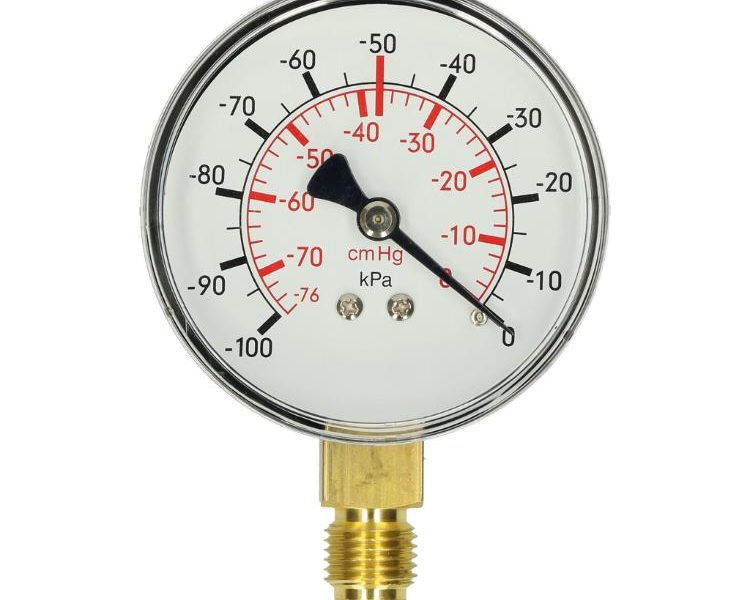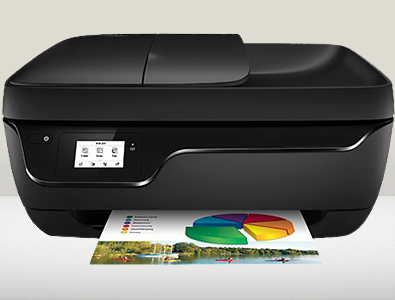How Vacuometers Work
Imagine a world where cars, industrial machines, and even airplanes couldn’t tell us if something was wrong inside their engines. That’s the kind of world we’d have without vacuometers. These little devices might not seem like much, but they’re crucial in keeping everything running smoothly. In this article, we’ll dive into the fascinating world of vacuometers, understand their importance, and learn how they work.
What is a Vacuometer?
A vacuometer is an instrument used to measure the pressure within a vacuum. This measurement is critical in various applications, including automotive diagnostics, industrial processes, and scientific research. Essentially, a vacuometer helps monitor and maintain the desired vacuum levels in systems where pressure control is essential.
The History of Vacuometers
The journey of the vacuometer dates back to the early 20th century. Engineers and scientists needed a reliable way to measure low pressure within vacuum systems. Over time, vacuometers have evolved from simple mechanical gauges to advanced electronic devices, offering more precision and ease of use.
Types of Vacuometers
There are several types of vacuometers designed for different applications. Each type uses a unique method to measure vacuum pressure. Here are the main types:
- Mechanical Vacuometers: These use mechanical movements to indicate pressure changes.
- Electronic Vacuometers: These utilize electronic sensors to measure vacuum levels.
- Thermocouple Vacuometers: These measure pressure based on the cooling effect of a gas on a heated element.
- Ionization Vacuometers: These measure very low pressures by ionizing the gas and measuring the resulting current.
How Vacuometers Work
To understand how vacuometers work, let’s break down the process into simple steps.
Step 1: Detecting Pressure Changes
Vacuometers detect changes in pressure within a sealed environment. Depending on the type of vacuometer, this detection can be mechanical (using springs and diaphragms) or electronic (using sensors).
Step 2: Measuring the Vacuum
Once the vacuometer detects the pressure change, it measures the vacuum level. Mechanical vacuometers use needles and dials, while electronic ones display the measurement on a digital screen.
Step 3: Displaying the Results
Finally, the vacuometer displays the vacuum measurement. This can be in various units such as Pascals, Torr, or millimeters of mercury (mmHg).
Why Are Vacuometers Important?
Vacuometers are essential in many fields. Here are a few reasons why they’re so important:
- Automotive Diagnostics: In cars, vacuometers help diagnose engine problems by measuring the vacuum in the intake manifold.
- Industrial Processes: Many manufacturing processes require precise vacuum levels to ensure product quality.
- Scientific Research: Researchers use vacuometers in experiments that require controlled environments.
How to Use a Vacuometer
Using a vacuometer is straightforward. Here’s a step-by-step guide:
- Connect the Vacuometer: Attach the vacuometer to the system where you need to measure the vacuum.
- Power On: Turn on the vacuometer if it’s an electronic model.
- Read the Measurement: Observe the reading on the display or dial.
- Adjust if Necessary: Based on the reading, make any necessary adjustments to maintain the desired vacuum level.
Tips for Accurate Measurement
- Ensure the vacuometer is properly calibrated.
- Avoid placing the vacuometer in areas with high temperature or vibrations.
- Regularly maintain and clean the vacuometer for accurate readings.
Common Applications of Vacuometers
Vacuometers are used in various applications:
- Automotive: Diagnosing engine issues.
- HVAC Systems: Checking and maintaining vacuum levels.
- Laboratories: Ensuring controlled environments for experiments.
- Food Packaging: Maintaining vacuum levels in packaging machines.
Modern Advancements in Vacuometers
Recent advancements have made vacuometers more efficient and user-friendly. Modern vacuometers now come with features such as:
- Digital Displays: For easy reading of measurements.
- Wireless Connectivity: Allowing remote monitoring.
- Data Logging: Storing historical data for analysis.
Conclusion
In summary, vacuometers play a vital role in various industries by helping maintain and measure vacuum pressure. From diagnosing car engines to ensuring the quality of industrial processes, these devices are indispensable. Understanding how vacuometers work and their applications can help you appreciate the importance of this seemingly simple instrument. Whether you’re a mechanic, an engineer, or a scientist, knowing how to use and maintain a vacuometer can make a significant difference in your work.





